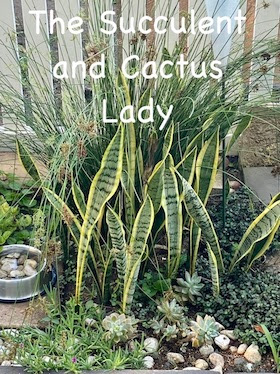Haworth 1825 (Fence Aloe)
Name: Latin tenuior = "slender"
Pronunciation : AL-oh ten-yoo-ee-or
One of my latest acquisitions is an Aloe tenuior, amazingly delicate for an aloe. This medium-sized Aloe grows from a large, woody rootstock, up to 10 ft tall with lanceolate succulent leaves towards the ends of the branching stems. Aloe tenuior is a rambling aloe which forms a sprawling bush and as this is actually a climbing aloe, it is best planted next to a tree or a fence for support.
The inflorescence is a raceme of tubular yellow flowers. Aloe tenuior var. rubriflora has red flowers.
Native to the Eastern Cape of South Africa where it typically scrambles through thorny bushes or on steep slopes. The leaves are a traditional purgative and used against tapeworms.
Aloe tenuior grows easily from stem cuttings which should be allowed to dry for a few days and then planted directly into the required site. The species grows best where there is adequate drainage, and while it can withstand dry conditions, will perform better with regular watering.
This is going to be my Aloe's first winter and I have no idea how it's going to handle the winter, will just have to wait and see...
.









No comments:
Post a Comment